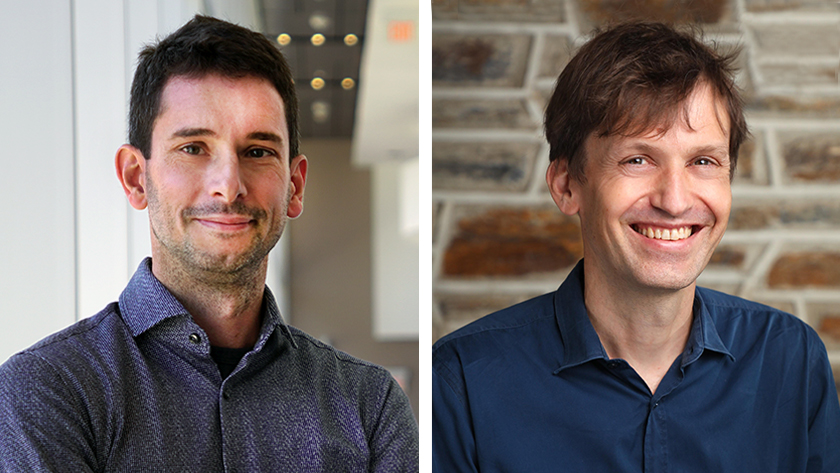
Scientists from the Krembil Brain Institute and Duke University have developed the first computational model of the role of glial cells in cognition. Their model reveals that interactions between neurons and glial cells may mediate working memory—the short-term storage of information that enables us to carry out tasks and make decisions without losing track of what we are doing.
Glial cells are abundant in the brain and play several important roles—from physically supporting neurons to transporting nutrients and removing waste. Scientists have recently discovered that a particular type of glial cell, known as an astrocyte, also interacts with and changes the activity of nearby neurons.
This study, published in Proceedings of the National Academy of Sciences, has shed light on how astrocytes interact with neurons to store information in the form of working memory.
“Modelling how information is stored in the healthy brain is necessary to uncover the cellular and molecular changes that cause memory deficits,” says Dr. Maurizio De Pittà, a Scientist at the Krembil Brain Institute and the lead author of the study.
The cellular basis of working memory is still an area of active investigation, but it involves information processing through distinct patterns of neuron activity and changes in the strength of the connections between neurons—called synapses. It was previously believed that neuron-neuron interactions alone could account for these features, but the researchers discovered a necessary role for glia.
To investigate how neuron-glial interactions give rise to working memory, the researchers modelled the activity of neuron networks with and without astrocytes.
Their model revealed that chemical signalling by astrocytes leads to rapid changes in synaptic strength.
“By quickly increasing or decreasing synaptic strength, astrocytes modify neuronal activity patterns and cause subsets of neurons within a network to display different patterns at the same time,” explains Dr. De Pittà. “The co-existence of multiple activity patterns enables a single network to simultaneously encode different types of working memory.”
The researchers hope to eventually create a high-fidelity model—or ‘digital twin’—of the brain’s neuron-glia circuits. This model will help to identify markers of normal and abnormal neuron-glial interactions, which currently cannot be measured in the living human brain.
“Changes in working memory are often warning signs of major brain disorders, such as Alzheimer disease and Parkinson disease,” explains Dr. Brunel, a Professor at Duke University and the co-author of the study. “Our ultimate goal is to model neuron-glia circuits to figure out what is going wrong in these disorders and develop therapies that target glial signalling.”
This work was supported by the European Union Marie Skłodowska-Curie Actions. Dr. Maurizio De Pittà’s lab is supported by the Krembil Research Institute, the European Research Commission, the Krembil Foundation and the UHN Foundation. Dr. Maurizio De Pittà is an Assistant Professor in the Department of Physiology at the University of Toronto.
De Pittà M, Brunel N. Multiple forms of working memory emerge from synapse-astrocyte interactions in a neuron-glia network model. Proc Natl Acad Sci U S A. 2022 Oct 25. doi: 10.1073/pnas.2207912119.
A three-dimensional rendering of an astrocyte. Digital reconstruction made by Anaïs Lupu, a graduate student in Dr. De Pittà’s lab, and inspired by data from Dr. Corrado Calì at the University of Turin, Italy (Calì et al., 2019, Progress in Neurobiology).

